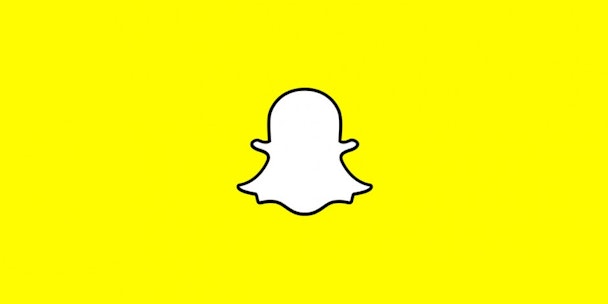Snap ad revenue strong - but spend concerns ahead
Snapchat is on a high after reporting a 20% year-on-year increase in daily active users and 44% revenue growth, rounding off a strong first quarter performance for the social messaging app.

Snap's quarterly results may have hidden the true impact of coronavirus on the platform.
However, analysts speaking to The Drum explained that the lockdown came too late in the quarter for a predicted ad spend drop to rock Snap. Year-on-year, its daily active users were up 20% to 229 million, a 5% increase on Q4 2019. Revenue was up 44% year-on-year to $462m with advertising slowing down further into the quarter.
Earlier this month, the app noticed that the pandemic was driving greater ad engagement. Snap reported a spike in video and voice calling usage, up 50% during late March, compared with late February. Snapchatters were communicating through texts 50% more and snaps were up 44%. Ad engagement on app installs increased 36%, while there was also a 19% increase in swipe-up rates overall during late March compared to late February.
However, ad spend slowed. In January and February growth was at 58%, before hitting 25% in March. There is cause to believe there will be greater shortfalls in March and beyond. Snap chief financial officer Derek Andersen admitted: “The economic environment has become challenging for many of our advertising partners.“
eMarketer principal analyst Debra Aho Williamson attributes the strong usage boost to the fact people have been urged to shelter at home. “Snapchat is helping people stay in touch with friends and share their experiences via Snaps and Stories,“ she said.
“Snap's revenue picture was much brighter than many analysts expected, considering that the global pandemic hit ad budgets hard toward the end of the quarter. If advertisers did cut budgets for Snapchat advertising, they may not have done so in large numbers before the end of the quarter. I believe quarter two will be a much more important quarter to watch.“
In the UK, the quarterly Bellwether report from the Institute of Practitioners in Advertising (IPA), which draws data from a panel of around 300 UK marketing professionals from the UK’s top 1000 firms, found that 25% of respondents reported a budget cut. Market research, events and PR were the worst-hit areas.
More broadly 74% of marketers recently told the Interactive Bureau of Advertising (IAB) that the pandemic will have a larger impact on ad budgets than the 2008 financial crisis.
Yuval Ben-Itzhak, chief executive at Socialbakers, offered a secondary warning: “Snap isn't usually seen as the first option for brands to spend their big ad budgets, as it's perceived as more of an experimental platform. As a result, the platform is more vulnerable to budget cuts than other social media platforms. Given the decline in ad spend we are seeing across social media in the wake of the coronavirus crisis, Snap needs to continue to focus on maintaining its user base, while attracting ad spend in what's proving to be a difficult economy.”
Aaron Goldman, chief marketing officer of 4C Insights, explained that there are positives for the brand, chiefly growing revenue by 44% in the face of Covid-19: “It is a testament to how the platform has firmed up its place in the marketing mix. Brands are using Snap to reach passionate audiences that are hard to reach on other media platforms.”
Record usage does not equal record revenue if ad spend dries up. TV giants have documented an ad drought, despite drawing record audiences in many instances.
It may be that their fates are linked over the next few months. Goldman pointed out that many traditional television advertisers use Snap to extend their campaigns and drive engagement. “With people sheltering in place all over the world, the value of Snap and other closed ecosystems continues to grow. Monetisation will ramp even further on the other side of the pandemic,“ he said.
Furthermore, with social interaction temporarily conducted via video and chat apps, Snap’s pre-exsiting lenses and features could help it stand out. Goldman concluded: “Who doesn’t want to be a potato in the group chat?”

